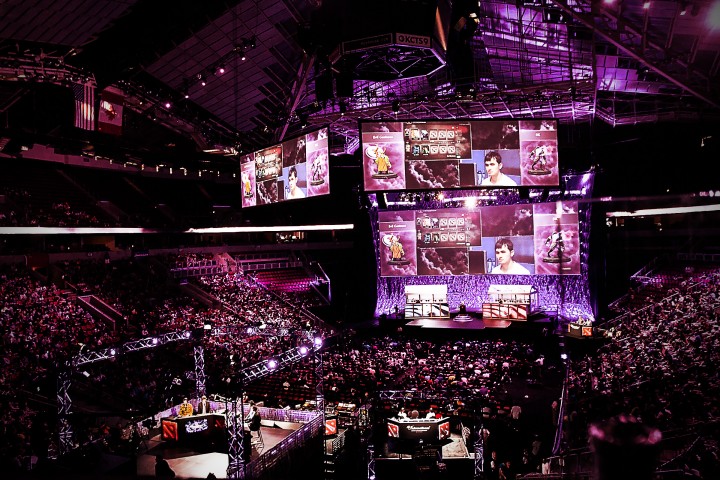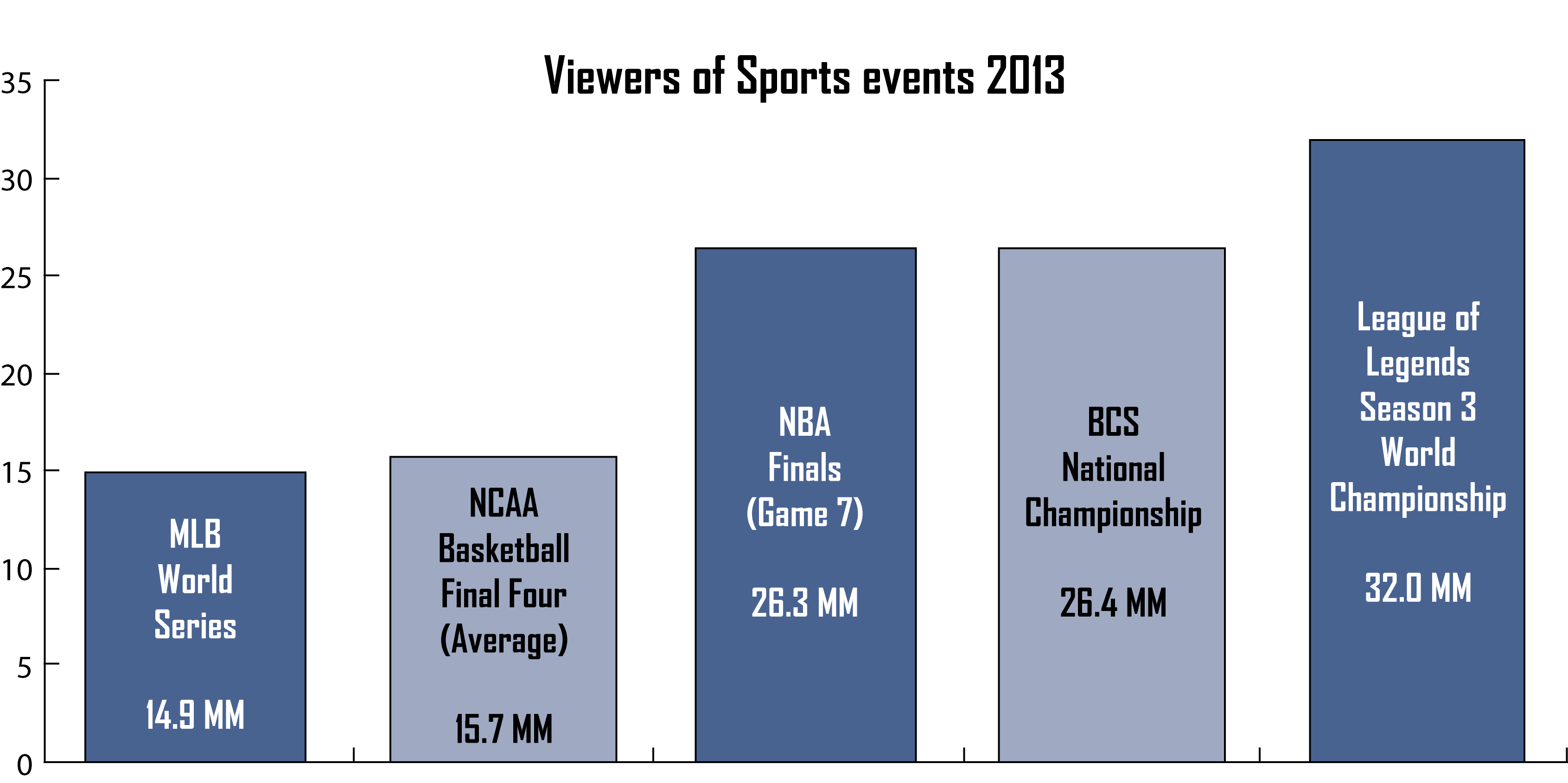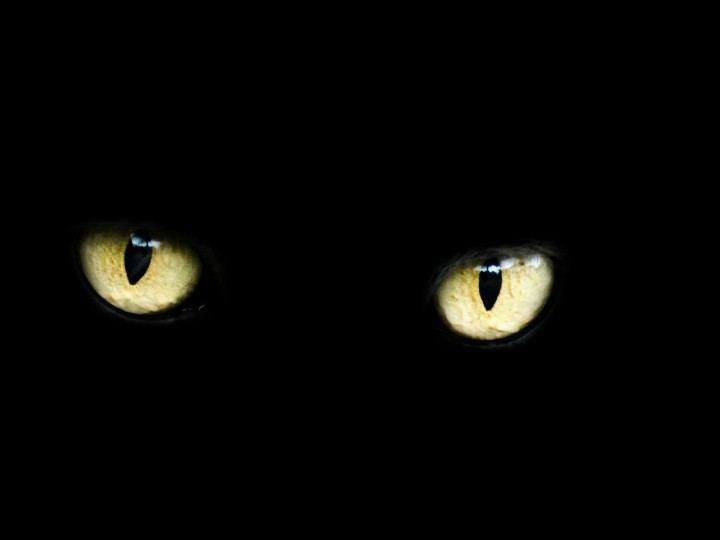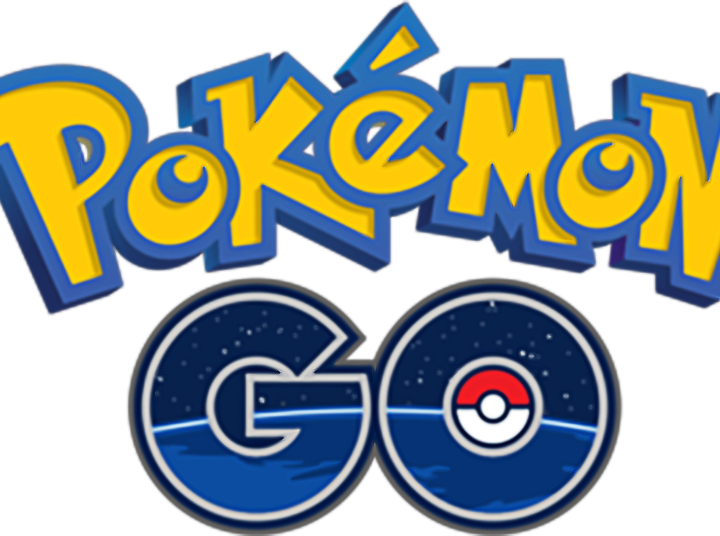It’s Monday 8 am as I’m writing this post. This morning finds me in a favourite coffee shop of mine, not far from Trafalgar Square. Considering I’m off work today you might wonder what I am doing here so early (I know I am) or maybe you don’t care at all. Either way I will tell you. After a night of limited rest, instead of trying to fall asleep again I decided to come here and do some research on a topic that has interested me greatly the last few weeks. The subject in question is Esport – the Esport fan base to be precise.
Professional gaming has had my interest for a long time. However, my curiosity for the identity of it’s audience specifically was sparked when I came across some fascinating statistics. Did you know that in the year of 2013 – 32 million viewers tuned in to watch the League of Legends Season 3 World Championship whilst only 15.7 million watched the NCAA Basketball finals? Last year, according to LoL Esports, “peak concurrent viewership” (PCU – the highest number of fans tuned in at any one point) for League of Legend Worlds was 14 million. LoL Esports also claim that the overall unique viewer count for the Finals 2015 was 36 million.
Why do these numbers excite me so much, you might wonder. Because Esport is still at it’s infancy. I can’t help but wonder about the potential of the industry and the effect it might come to have on the world of sports as we know it. What is clear is the considerable marketing opportunity this new industry provides. Esports have an audience of incredibly engaged fans who have proven challenging to reach through traditional media channels. Advertising through Esports is also done at a low cost in comparison to other marketing channels. This is because professional gaming is still a relatively new market to invest in. Though marketing strategies might not be as interesting to the average GD-reader as it is to me, I implore you to indulge me, just this once. I’ll even tell you why I find it is so deeply interesting, if you didn’t already close the page at the first sight of the words “marketing strategies”. Because if we start looking at the Esport scene from a marketing perspective, we need to ask ourselves: Who are these 36 million people tuning into the League of Legends Worlds last year? And all of a sudden it becomes relevant to you and I as well. Marketing teams need to know the identity of the audience because it’s important in order to get the most out of their money. You and I want to explore it because we are tired of the same drawn out stereotype defining a gamer in today’s society. So let’s do a bit of research and find out more about the Esport audience.
The time is now 2 pm and I am still to be found in the same little corner of the same coffee shop. Whilst I’ve been going through my research many a mothers, prams, friends and acquaintances have come and gone as well as a handful of suits clutching coffee desperately in their hands. By now I have a better idea of the demographics I’ve been studying, so with no further ado – let me introduce you to Alex:
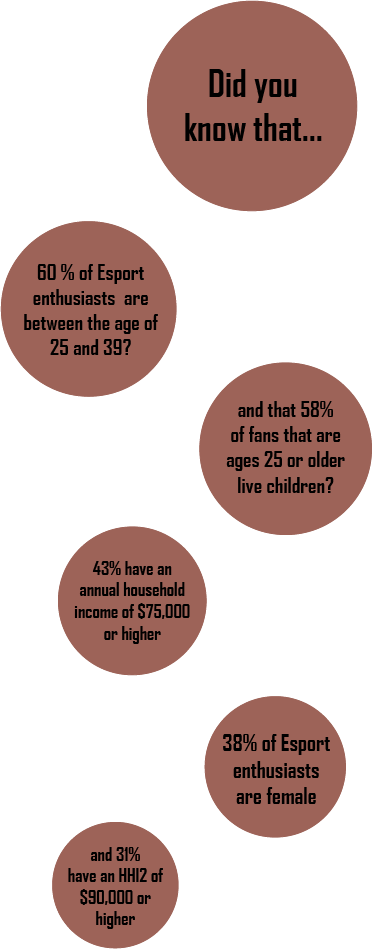 Alex is your typical Esport fan. Let’s start by sizing up the gender gap. Is Alex a boy or a girl? Yes, as you probably have guessed, there are more males than females watching Esports. What you might not have guessed is that the interest of females in professional gaming has increased a lot the last few years and we are currently looking at a 38% to 62% ratio according to Mindshare NA. So what does that make Alex… gender confused maybe? No, Alex is male, maybe in the future when the statistics show a 50/50 ratio he will be confused. Let’s just refer to Alex as “he” for now. What else can we find out about Alex. Well, he is between 25-39 years old and he most likely has children of his own. Alex sees his favourite pro players as people with skill and influence and not inferior to other sports players. Despite the passion and enthusiasm Alex has for the game he feels there is still a stigma around Esports. One reason why Alex is so fond of the world of gaming is because it’s a social place where he has made many friends. If you ask him why he spends time watching Esports, he will explain that watching professionals play makes him improve as a player. He only bothers to watch the tournaments which are relevant to the game he plays (which is probably League of Legends).[1] Alex prefers watching MOBA games. He also prefers team fights over 1v1 fights. He finds it difficult to ascertain strategic depth through watching first person shooters. MOBA games simply provide the best visual experience in his opinion.[2]
Alex is your typical Esport fan. Let’s start by sizing up the gender gap. Is Alex a boy or a girl? Yes, as you probably have guessed, there are more males than females watching Esports. What you might not have guessed is that the interest of females in professional gaming has increased a lot the last few years and we are currently looking at a 38% to 62% ratio according to Mindshare NA. So what does that make Alex… gender confused maybe? No, Alex is male, maybe in the future when the statistics show a 50/50 ratio he will be confused. Let’s just refer to Alex as “he” for now. What else can we find out about Alex. Well, he is between 25-39 years old and he most likely has children of his own. Alex sees his favourite pro players as people with skill and influence and not inferior to other sports players. Despite the passion and enthusiasm Alex has for the game he feels there is still a stigma around Esports. One reason why Alex is so fond of the world of gaming is because it’s a social place where he has made many friends. If you ask him why he spends time watching Esports, he will explain that watching professionals play makes him improve as a player. He only bothers to watch the tournaments which are relevant to the game he plays (which is probably League of Legends).[1] Alex prefers watching MOBA games. He also prefers team fights over 1v1 fights. He finds it difficult to ascertain strategic depth through watching first person shooters. MOBA games simply provide the best visual experience in his opinion.[2]
There you are, now you know Alex. He is not a teenager living in his parents’ basement and he is not a broke college student in his early twenties. It’s time to upgrade that dusty old image of a gamer. Of course, for marketing teams this is especially important. If you don’t upgrade that image you’ll be wasting money marketing products to the wrong target group with advertisement that the majority of the Esport fan base cannot relate to.
Disclaimer: The traits that I have chosen to identify Alex with are what represents the biggest portion of the Esport fan base according to the sources mentioned below. Alex does not represent every gamer; he represents a majority. There are of course many Esport enthusiasts who do not fit into the same mould that was used to shape Alex. Though painting a picture through the use of statistics is indeed a flawed process in itself, it serves it’s purpose of making us question those old stereotypes.
Sources:
1. Mindshare NA (part of the British multinational advertising and public relations giants WPP):
2016 GLOBAL ESPORTS MARKET REPORT (summarised by Mindshare NA here)
2. EEDAR (video game industry specific market research firm):
Esports Consumer Analysis Whitepaper

